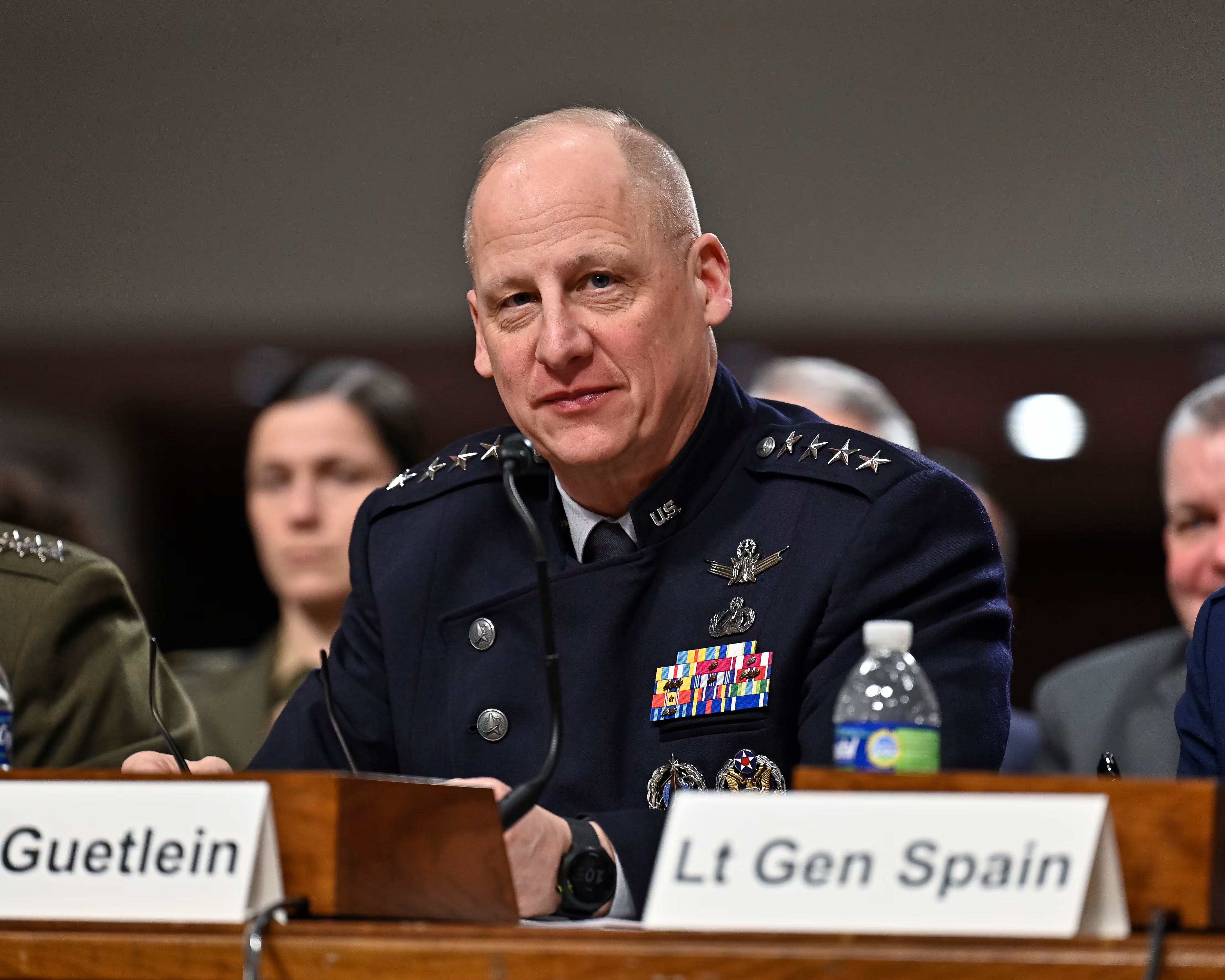The year 2022 might be when Germany puts one of the most contentious issues in the transatlantic relationship to rest — the eternal debate on defense spending.
That Germany had fallen short in that regard was admitted by the government in the wake of Russia’s invasion of Ukraine. Now Chancellor Olaf Scholz (SPD) has announced a turnaround. His government wants to produce a powerful, ultra-modern, progressive Bundeswehr, and even more: the most effective armed forces in Europe.
To this end, the federal government aims to increase the defense budget to 2% of gross domestic product, including a “special fund” of 100 billion euros ($113 billion) solely for armaments projects. This would finally put Germany on par with other NATO allies who have increased their defense spending to the level of the NATO defense investment pledge, including 20% for procurement.
Projected to the year 2031, a defense-spending level of 2% of Germany’s GDP amounts to a whopping 770 billion euros, or $845 billion.
Whether Scholz’s ambitions will become a reality is still an open question. The German government could do a lot of things right. But it could also get it all wrong and burn an unimaginable amount of taxpayer money in the process.
In principle, and given the size of the challenge, it is quite right to combine higher defense spending with a dedicated fund. First, the armed forces have been underfunded for decades, measured against Germany’s commitments to its allies in NATO and the European Union. Above all, there is a lack of modern and effective equipment, and the force needs rehabilitation. Second, even the increases in the defense budget since the first Ukraine war in 2014 have not adequately remedied the shortcomings. This is because the funds came at short notice and were unpredictable.
And third, the federal government’s budget forecasts mainly indicated decreases or a constant, but not increasing, budget in subsequent years. Under these conditions, the Bundeswehr could only repair here and there but by no means rehabilitate itself. The envisioned funding package now enables the Bundeswehr to plug many holes in one fell swoop, increase orders, and start projects that were previously beyond its means.
But all of this is not enough.
The armed forces also urgently need financial planning predictability over ten to 15 years. That is the approximate duration for main weapon projects worth billions, such as aircraft or new helicopters, which form the backbone of an effective army.
The “special fund” is also intended to remedy the lack of sustainable financing and planning security. However, this presupposes that the special fund could be stretched over the years instead of just igniting a brief financial fireworks. The Bundestag has yet to decide on this.
Two developments are working against the stretching idea: The arms industry and lobbyists put pressure on the government to quickly spend the money. And the German government itself also wants to invest the money from the fund quickly so that it can comply with the federal debt brake in this legislative period. This is because the 100 billion euros will not be counted against the annual national debt, but just on the overall national debt.
Thus, the larger the share of money from the fund in the overall annual defense spending, the smaller the increase in the regular defense budget has to be. How, then, will the next federal government, in four to five years, increase the regular defense budget to 2% of GDP and at the same time comply with the debt brake? That will be their problem.
Only thinking “Zeitenwende” – the term of art given to Germany’s historic about-face on defense – until the next elections would throw Chancellor Scholz’s plan off course almost immediately. In that case, the German government would be left with a series of overpriced and, in some cases, only half-finished armaments projects at the end of the legislative period. The Bundeswehr’s requirements lists to date contain virtually no strategic projects that could be realized through a short-term cash injection.
To ensure that the government uses its taxpayers’ money wisely, it needs to apply a mix of different components. The most important is military effectiveness. To sustain it, some of the money must be invested in expanding Germany’s defense industrial and technological base. European cooperation can fill other gaps.
With its greater weight, the German government can do much more to shape European armaments structures, for example by developing tanks, air defense systems and the next generation of combat aircraft together with European partners. For other equipment – such as specialized aircraft and helicopters – buying market-available products makes sense. These would be purchased primarily in the United States, a clear political investment in the transatlantic partnership.
Nevertheless, national industries could benefit from this, for example through technology acquisition or cooperation between the armed forces, because many will fly the same American systems in the future, such as the F-35 fighter aircraft.
Furthermore, the defense bureaucracy and industry, as well as the armed forces, must be able to absorb the growth that comes with the investment. A rough tripling to around 30 billion euros of defense investment per year is unlikely to be achieved overnight. Production capacities that have been dismantled over 30 years cannot be rebuilt in the blink of an eye.
If the federal government follows the short-term impulse to spend the money quickly, it will further discredit the Bundeswehr and the defense sector. If that happens, it will be even harder to keep defense spending at two percent of GDP from 2025 onwards. Strategic projects will again be at risk of falling victim to the annual budgetary wrangling with other ministries. It is up to the German government to stay on course after the turnaround in security policy that it has proclaimed.
Christian Mölling und Torben Schütz are research director and associate fellow, respectively, at the Berlin-based German Council on Foreign Relations, DGAP.








